In the remote Arctic archipelago of Svalbard, a futuristic vault carved into permafrost safeguards humanity’s agricultural heritage. The Svalbard Global Seed Vault, often dubbed the "Doomsday Vault," represents a bold attempt to preserve biodiversity against existential threats—from climate change to nuclear war. But what if this real-life effort could inspire a strategy game that challenges players to protect the planet’s genetic resources? Imagine a game where survival hinges on collaboration, foresight, and the delicate balance between progress and preservation.
The concept of a seed vault transcends mere storage; it’s a metaphor for resilience. A strategy game built around this idea wouldn’t just simulate stockpiling seeds—it would force players to navigate geopolitical tensions, ecological collapse, and technological dilemmas. Picture factions vying for control of genetic material, droughts wiping out crop diversity, or rogue states attempting to weaponize food scarcity. The stakes would mirror reality, where losing a crop variety could mean losing a cure for famine or a key to climate adaptation.
Unlike traditional resource-management games, this wouldn’t be about hoarding. Success would require sharing seeds across virtual borders, negotiating with rival players to replenish depleted stocks, and investing in research to unlock traits like drought resistance. The game’s mechanics could reflect the real-world challenges faced by gene banks: corruption, underfunding, or even the ethical quandaries of patenting life. Players might face moral choices—such as whether to prioritize short-term food security over long-term genetic diversity.
The visual design could lean into the eerie beauty of Svalbard itself—a stark landscape where the vault’s angular architecture juts from snow like a sci-fi monolith. Soundscapes might blend the hum of refrigeration units with howling Arctic winds, reminding players that even this fortress isn’t immune to melting permafrost or rising sea levels. Easter eggs could include nods to real-life "seed heroes," like scientists who smuggled crop samples out of war zones.
What would make the game truly revolutionary is its educational undercurrent. By gamifying biodiversity conservation, it could spark interest in agroecology or the slow violence of extinction—where losing a single plant variety might take decades to feel, but could irrevocably alter ecosystems. Multiplayer modes might reward alliances that mirror international treaties, while single-player campaigns could follow historical events like the Irish Potato Famine, teaching players how monocultures court disaster.
The Doomsday Vault’s real power lies in its paradox: It’s both a fail-safe and a warning. A game inspired by it wouldn’t just entertain—it would ask players to sit with uncomfortable questions. Can we design systems that outlast our worst impulses? How do you quantify the value of a seed that hasn’t sprouted in centuries? And when the apocalypse comes, will we have saved the right pieces to rebuild? In this imagined world, the ultimate victory isn’t conquest—it’s passing on a library of life to the next generation, intact.
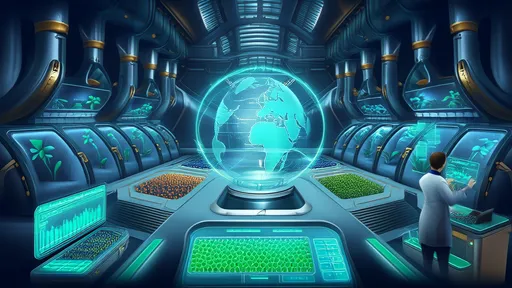
By /Jul 3, 2025
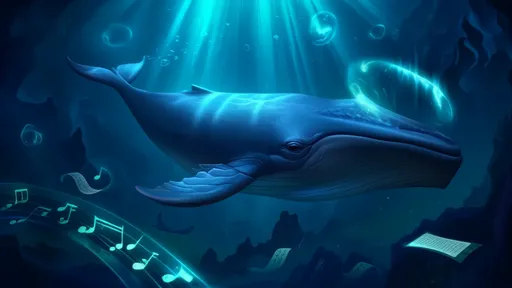
By /Jul 3, 2025
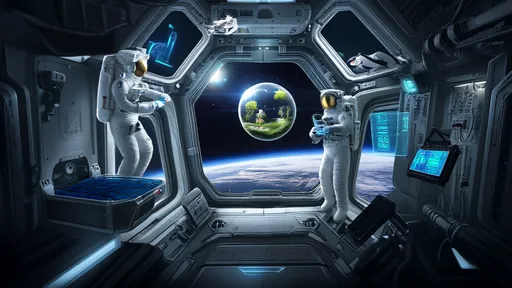
By /Jul 3, 2025
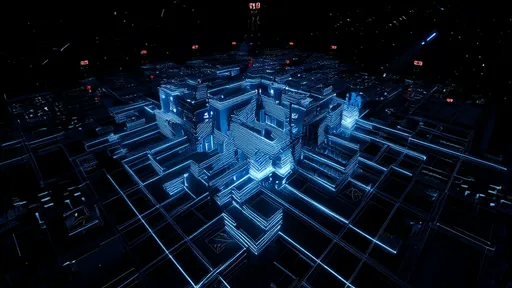
By /Jul 3, 2025
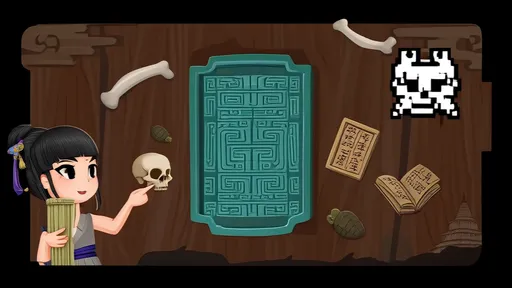
By /Jul 3, 2025

By /Jul 3, 2025
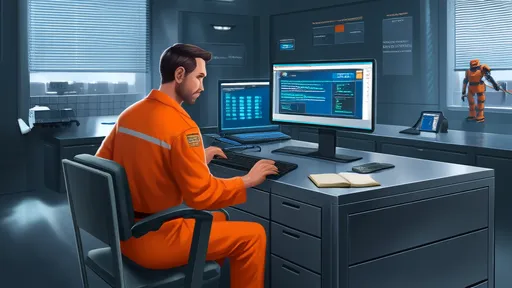
By /Jul 3, 2025
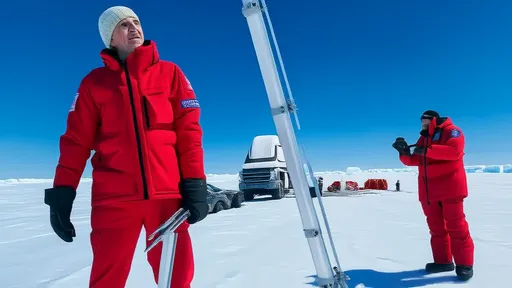
By /Jul 3, 2025

By /Jul 3, 2025
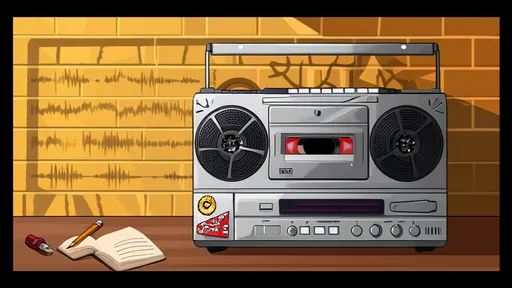
By /Jul 3, 2025

By /Jul 3, 2025
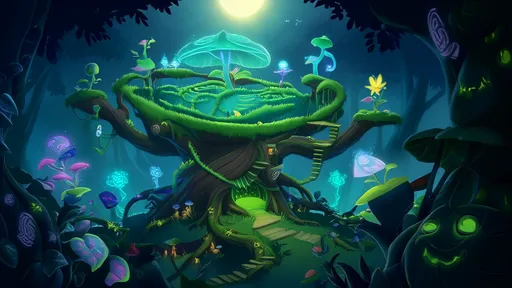
By /Jul 3, 2025
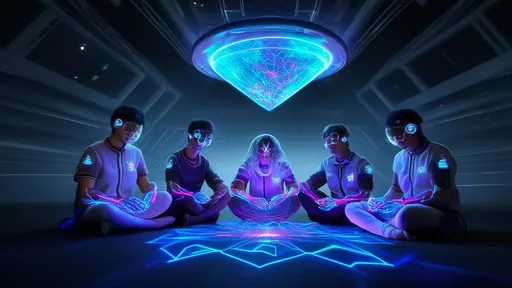
By /Jul 3, 2025
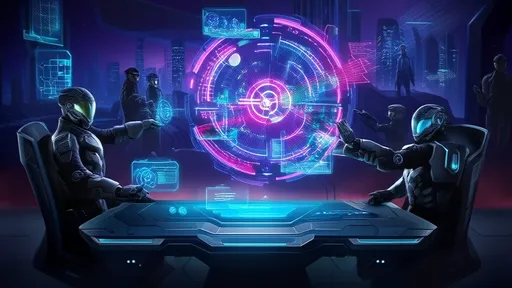
By /Jul 3, 2025
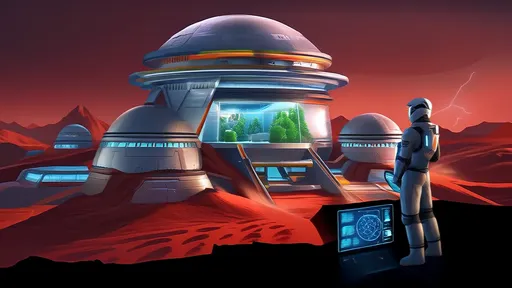
By /Jul 3, 2025
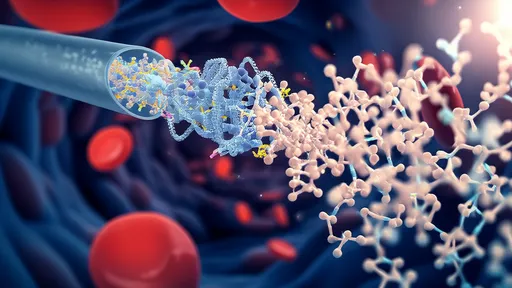
By /Jul 3, 2025
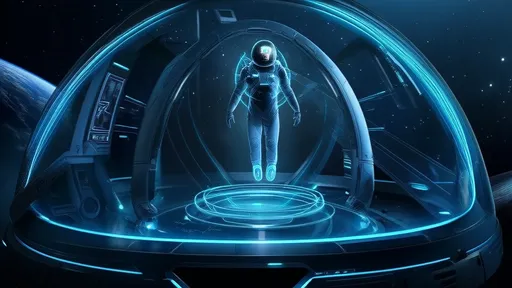
By /Jul 3, 2025
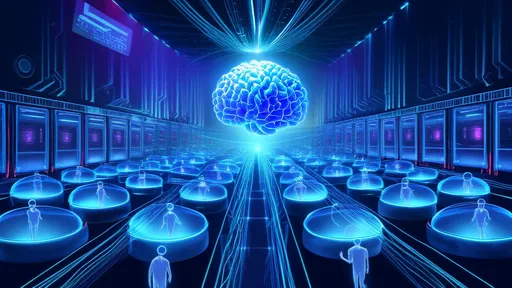
By /Jul 3, 2025